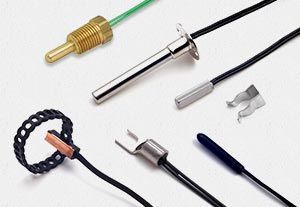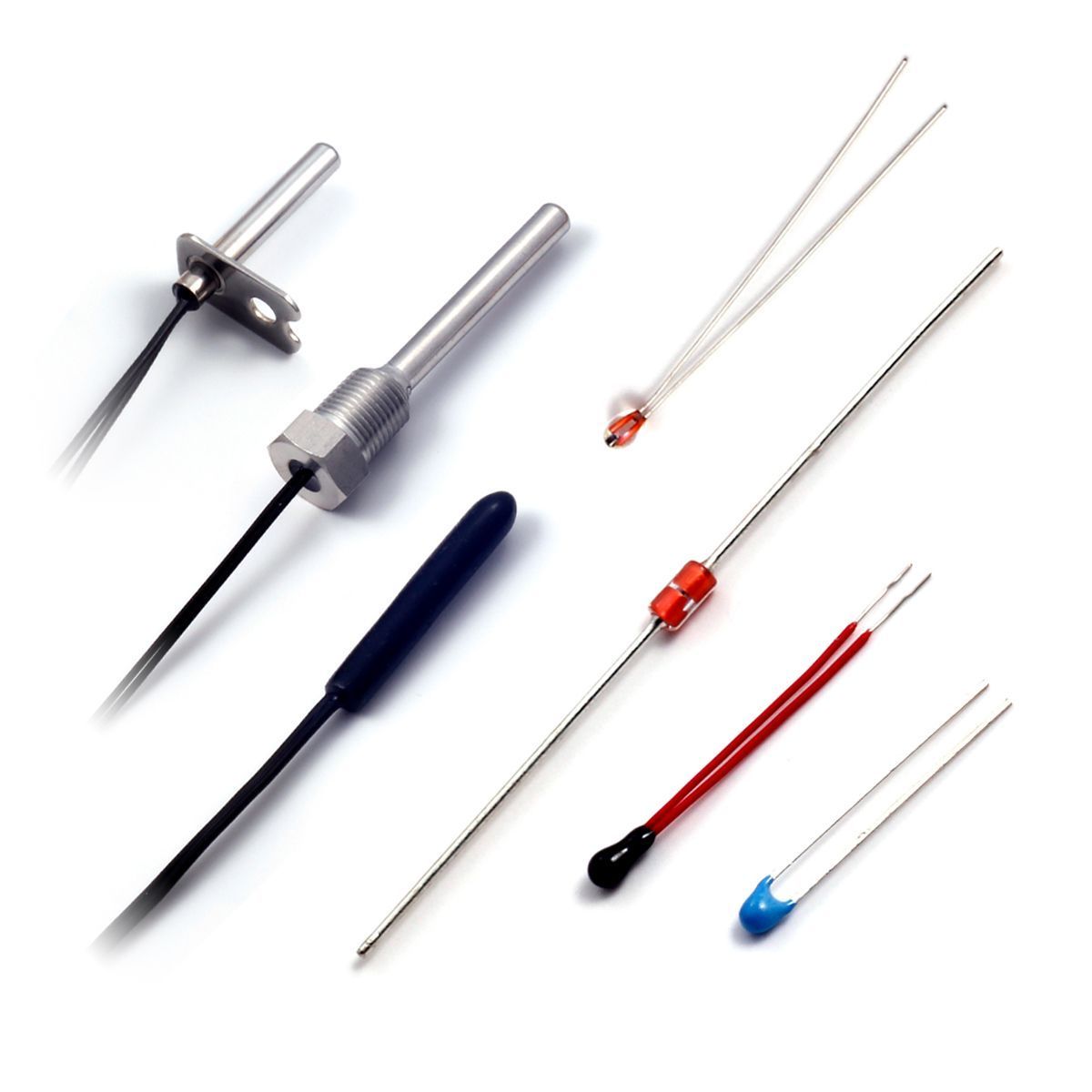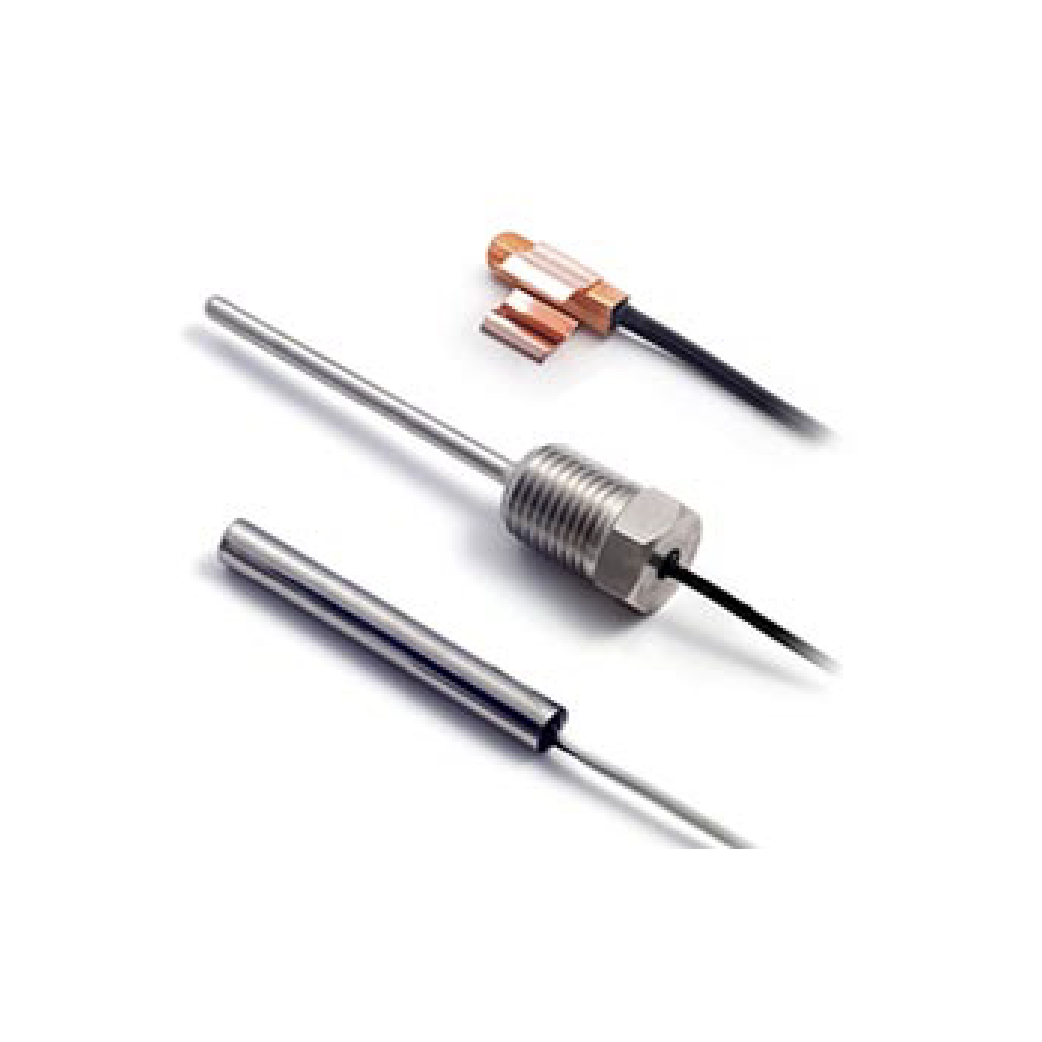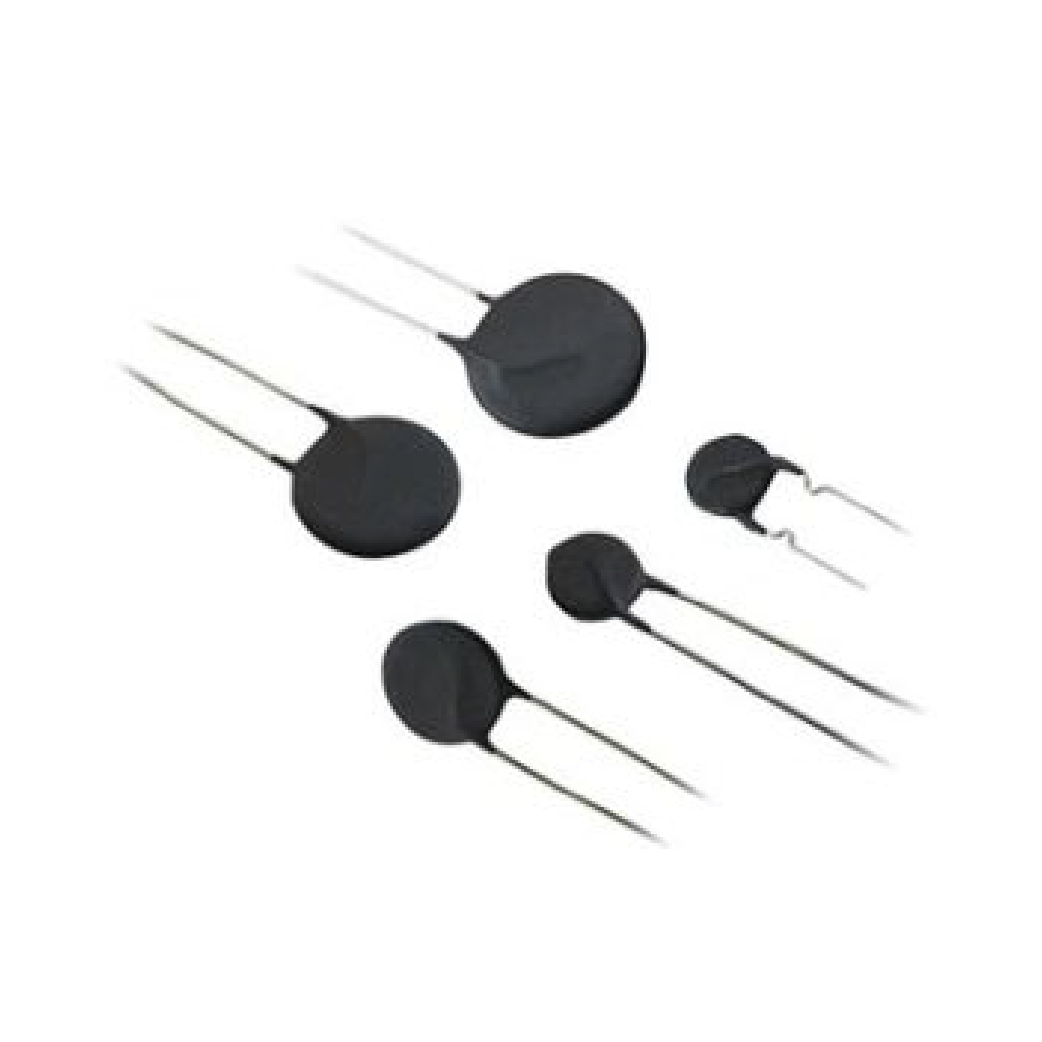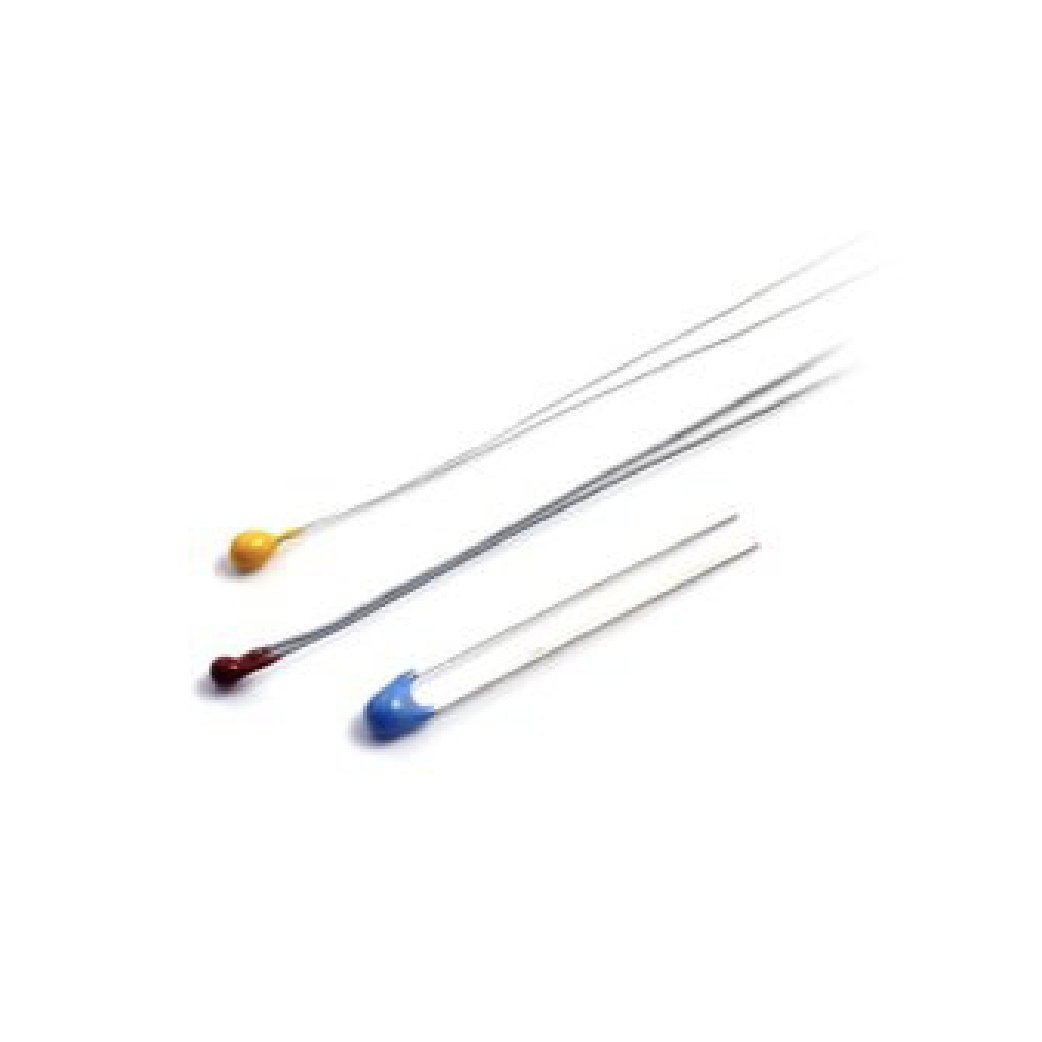BLOG
July 24, 2025
Thermistors are thermally sensitive resistors whose electrical resistance varies predictably with temperature. Thus, they’re ideal for monitoring and controlling temperature in household and industrial settings. EI Sensor produces various temperature sensors in standard and custom configurations, including NTC and PTC thermistors as well as RTDs (Resistance Temperature Detectors) and thermocouples.
What is a PTC Thermistor?
Positive-temperature-coefficient (PTC) thermistors increase in resistance as their body temperature rises. There are two basic types of PTC thermistors. They’re either made of ceramic or silicon, and their material composition determines the thermistor’s electrical characteristics. The ceramic type typically exhibits a very high positive temperature coefficient of resistance at and above the switching point or “Curie temperature”. The silicon type of PTC thermistor typically exhibits a nearly linear positive coefficient of resistance of +0.7 percent per degree Celsius.
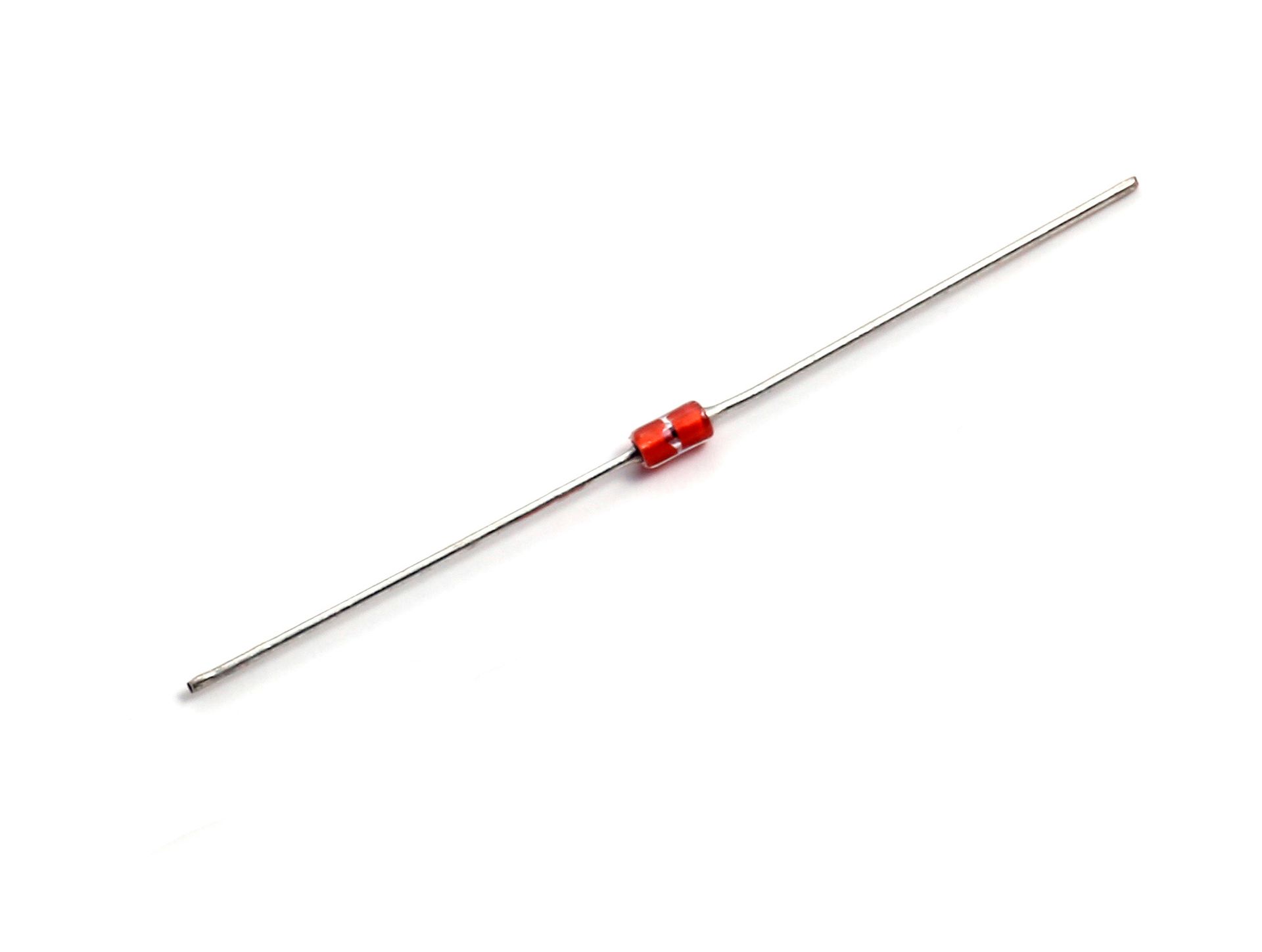
What is a PTC Thermistor Probe?
PTC thermistors are often used in demanding environments, leading to their use as part of units called probes. For these, the thermistor is encased in a protective housing and connected to extension lead wires. The probe ensures the environmental protection of the PTC thermistor and provides for optimum performance in the intended field installation.
How Do PTC Thermistors Work?
Thermistors consist of ceramic or silicon bodies with known resistance curves. By connecting a thermistor to an electrical circuit, temperature variations are measured based on changes in the thermistor’s resistance. PTCs are used for temperature regulation and overcurrent protection as well as for resettable fuses.
Types of PTC Thermistors
Silicon PTC thermistors use silicon as the semiconducting material. They possess a near-linear positive temperature-resistance coefficient of +0.7 percent per degree Celsius. The switching-type PTC thermistor is made of ceramic materials. They show a nonlinear resistance-temperature curve, with resistance initially decreasing with heat. However, as the PTC reaches its critical “Curie” temperature, the resistance increases dramatically.
Typical Applications of PTC Thermistors
Applications for PTC thermistors include temperature sensing and control, overcurrent protection (such as resettable fuses), motor starters, liquid level sensing, temperature compensation, and self-regulated temperature heating elements.
Pros
PTC thermistors are highly sensitive, respond quickly, have self-regulating properties, and can operate over a wide range of temperatures.
EI Sensor offers a range of standard and custom temperature sensors, including PTC and NTC thermistors. If you have questions, contact us for help. We also support customers whose unique temperature measurement requirements require us to develop custom solutions.


